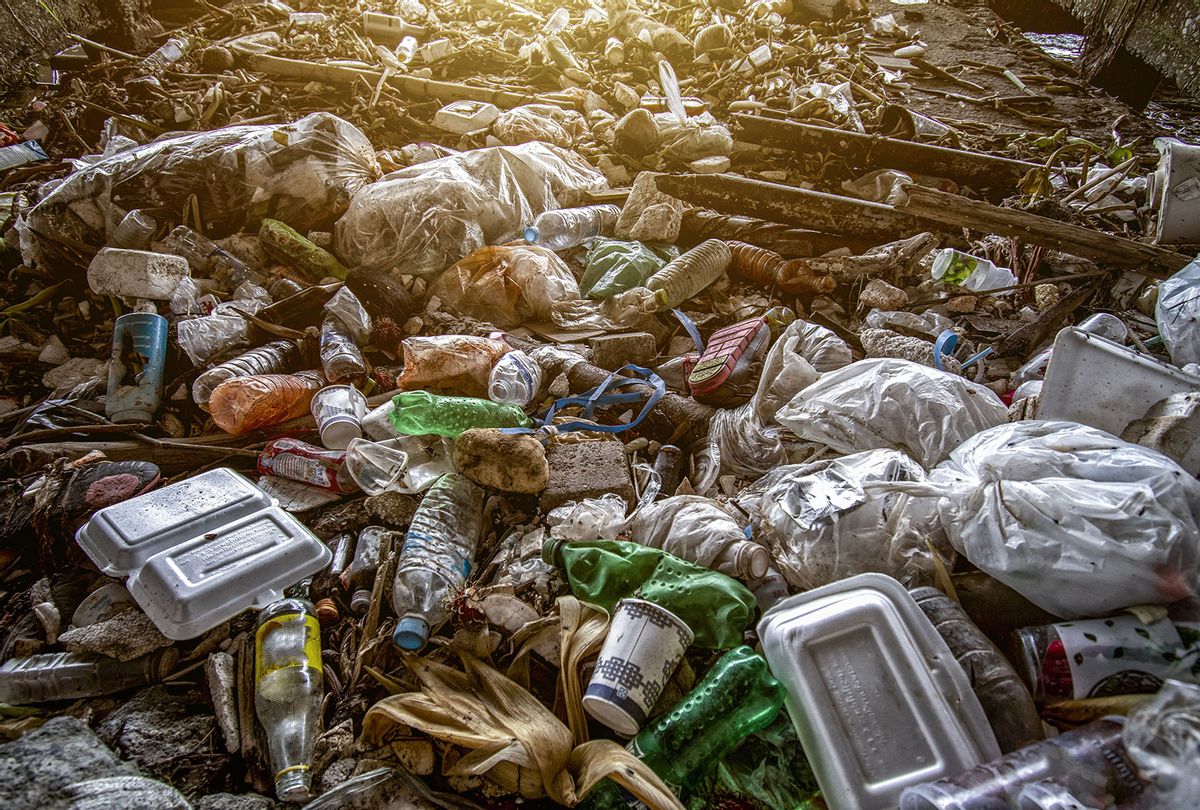Scientists have known for decades that bisphenol A, or BPA, a plastic additive used in products like food storage containers and food can liners, is harmful to human health. And the mountain of science on the chemical is finally spurring tighter regulations in Europe.
The European Food Safety Authority, or EFSA, proposed new safety standards for BPA last week, radically scaling down the recommended exposure limit by a factor of 100,000, to just 0.018 nanograms per pound of body weight per day. The new standard, based on years of scientific evidence of BPA's harms to people's immune systems and bodily development, is so low that it would all but bar BPA from use in any products that come into contact with food.
"In effect it's a ban," Terry Collins, a green chemist at Carnegie Mellon University, told me. "It's an incredibly dramatic number."
The chemical industry first began using BPA for plastics in the 1940s, when they started using it to make a hard plastic material called polycarbonate, as well as durable epoxy resins. BPA became prevalent in all sorts of everyday plastic products like water bottles and dishware. It also made its way into food packaging such as plastic leftover containers and the lining on the inside of cans of food, where it helps prevent the food from corroding the inside of the can.
Although there are no restrictions on BPA use in the U.S. except for baby bottles and infant formula packaging, many manufacturers say they have phased it out. The Can Manufacturers Institute claims that more than 95 percent of canned food contains BPA-free lining. But other research suggests it was still widespread as recently as 2016, detected by infrared spectrometer in as many as 67 percent of cans.
According to Collins, the problem with BPA is that it messes with people's hormones. It mimics estrogen, causing endocrine disorders in both men and women and potentially contributing to male infertility by decimating sperm counts. Other research has linked BPA to increased blood pressure, type 2 diabetes, heart problems, and problems with brain and prostate development in young children. Public health and environmental advocates have long advocated for it to be much more strongly regulated, if not phased out altogether. "BPA is a toxic chemical that has no place in our food supply," said Sarah Janssen, a senior scientist in the Natural Resource Defense Council's public health program, in a 2012 statement responding to the U.S. Food and Drug Administration's declination to ban BPA.
If approved following a public comment period that lasts until early February, the EFSA's guidelines for BPA will be some of the strictest in the world — far more stringent than in the U.S., where the Environmental Protection Agency's daily recommended exposure threshold of 22.7 micrograms per pound of body weight has not been updated since 1988. Even before the EFSA's proposal last week, the U.S. recommendation was already more than 12 times higher than the European standard. Other countries like Denmark and Belgium have an outright ban on BPA in food contact materials for children. France has forbidden it in all nonindustrial uses since 2015.
Although scientists have framed the EFSA's proposed rule as a necessary step toward protecting public health, many have also raised concerns that it does not apply to paper products like receipts, which are often lined with a BPA coating. It also fails to regulate potentially dangerous replacement chemicals. "The industry will likely comply by shifting to other chemicals with concerning health profiles," Laura Vandenberg, a professor at University of Massachusetts Amherst School of Public Health and Health Sciences, told Grist.
However, Vandenberg and others said the new guideline highlights a growing recognition of the need for more stringent regulation, and the fact that BPA is unsafe even in tiny doses. "We can no longer accept the industry's statement that 'exposures are too low to hurt,'" Vandenberg said.




Shares